SOURCE: RAUNAK KUNDE / NEWS BEAT / IDRW.ORG

The Indian Air Force (IAF) is actively developing a space-based battle management system that will be able to track mobile targets in any airspace. This system will provide commanders on the ground with persistent surveillance and will be able to track aircraft that are currently difficult to track from space.
The IAF is currently engaging with the private sector to understand how smaller satellites can be repurposed to craft an architecture for moving target indication. The goal is to provide commanders on the ground with a clear picture of the airbase of rival camps, allowing them to study aircraft that are being deployed.
Continue readingSOURCE: AFI
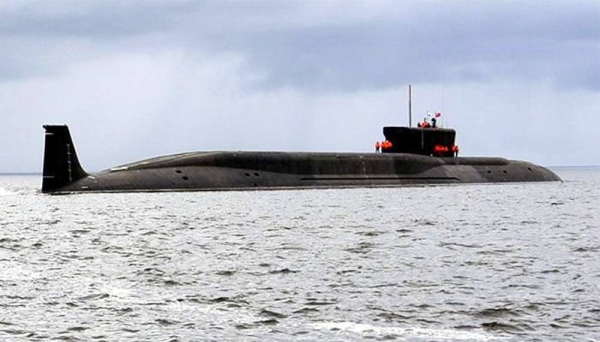
In a significant boost to India’s naval prowess, the indigenously built nuclear-powered ballistic missile submarine (SSBN), INS Arighat, is poised for its official induction into the Indian Navy. After undergoing rigorous trials and incorporating crucial upgrades based on the Indian Navy’s feedback, this formidable vessel is set to join the fleet by the end of 2024.
The journey of INS Arighat has been marked by challenges. The project encountered technical hurdles, which have now been successfully addressed. The submarine’s commissioning is a testament to the determination and expertise of Indian engineers and scientists.
Continue readingSOURCE: AFI

Ankara faces a complex challenge with its Russian-made S-400 air defense system. The acquisition has strained relations with the United States, leading to Turkey’s exclusion from the F-35 program. With the system currently idle, a former Turkish minister has proposed an intriguing solution: selling the S-400s to either Pakistan or India.
Cavit Caglar’s suggestion is driven by several factors. First, it could alleviate tensions with the United States and potentially pave the way for Turkey’s re-entry into the F-35 program. Second, it would generate revenue for Turkey. And third, it would address the issue of the unused S-400 systems.
Continue readingSOURCE: AFI

India is poised to finalize plans for the construction of six nuclear attack submarines this year, a project estimated to cost over 1 lakh crore.
According to sources, the submarines will be predominantly indigenous, with only a select few technologies procured from friendly nations. This ambitious undertaking signifies India’s growing prowess in submarine technology and its commitment to bolstering naval capabilities.
Continue readingSOURCE: AFI

In a significant milestone for India’s defense capabilities, the Defence Research and Development Laboratory (DRDO) and the Indian Army successfully conducted two validation trials of the Man Portable Anti-Tank Guided Missile (MPATGM) on July 2nd at the Pokhran test range.
The trials were a resounding success, with live warheads accurately destroying thermal target systems that simulated Main Battle Tanks (MBTs). The missile demonstrated its precision by meeting the Army’s stringent requirements, including a maximum range of 2.5 kilometers for top attack mode and a minimum range of 200 meters for direct attack mode.
Continue readingSOURCE: IDRW.ORG TEAM

In a significant development, the Brazilian Ministry of Defense has expressed keen interest in establishing a barter system with India for the procurement of defense equipment. This strategic move aims to optimize resources and strengthen bilateral ties between the two nations.
Brazil has proposed India acquiring a substantial quantity of Embraer C-390 transport aircraft from Embraer . With a potential order of 60-80 aircraft, the IAF seeks to address its Medium Transport Aircraft (MTA) requirement. In exchange, Brazil would procure a range of defense systems from India, including the Akash Air Defense system, spare parts for its Scorpène-class submarines, and potentially the BrahMos cruise missile.
Continue readingSOURCE: IDRW.ORG TEAM
Adani Defence has commenced deliveries of 250 units of the next-generation UAV Launched Precision Guided Missile (ULPGM) to the Indian military. This marks a significant milestone in India’s indigenous defence capabilities. according to officials of Adani defence first batch has been delivered and full delivery will be completed by end of this year along with 70 units of UAVs that are to be used as launcher.
Developed in collaboration with the Defence Research and Development Organisation (DRDO), the ULPGM boasts a range of 4 kilometers. Adani Defence has been granted technology transfer for this cutting-edge weapon system, enabling domestic production and enhancing self-reliance.
Continue readingSOURCE: AFI
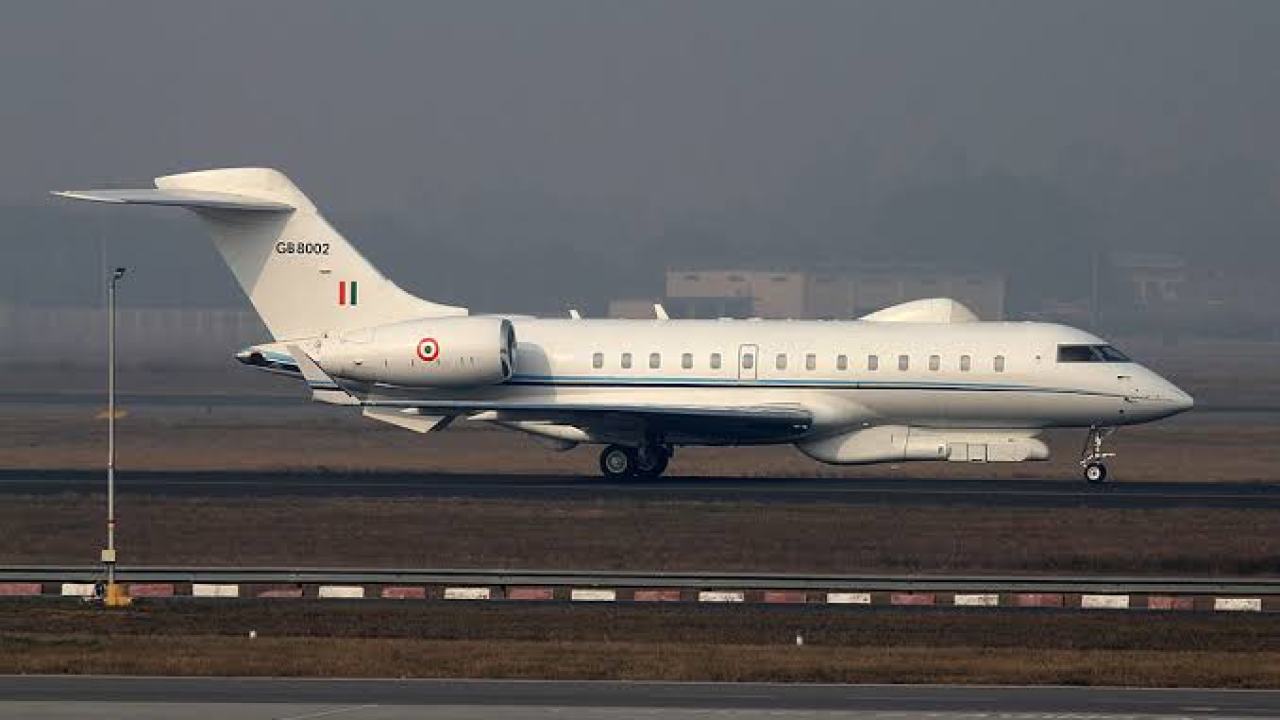
In a significant move reflecting regional security concerns, India has deployed a Global 5000 Special Mission (SIGINT) aircraft near Bangladesh. This aircraft, used by India’s Research and Analysis Wing (R&AW), is designed for Signals Intelligence (SIGINT) operations and is equipped with an advanced suite of electronic warfare and reconnaissance capabilities. The deployment comes amid rising violence in Bangladesh, particularly against minorities, and follows the recent ouster of Prime Minister Sheikh Hasina, which has further destabilized the region.
The Global 5000 SIGINT aircraft is a heavily modified version of the Bombardier Global 5000 business jet, tailored for intelligence gathering missions. It is equipped with the EL/I-3001 Airborne Integrated Signal Intelligence System, developed by Israel’s Elta Systems. This system is based on the EL/I-2060T, a proven platform used for various electronic intelligence (ELINT) and communications intelligence (COMINT) tasks.
Continue readingSOURCE: AFI

A historic moment unfolded at Sulur Air Force Station in Tamil Nadu as a Spanish Eurofighter jet pilot experienced firsthand the capabilities of India’s indigenous Light Combat Aircraft (LCA) Tejas trainer. The sortie was part of the ongoing Exercise Tarang Shakti 24, a significant multinational air exercise hosted by the Indian Air Force (IAF).
This unprecedented opportunity not only underscores the growing global interest in India’s aerospace industry but also highlights the confidence the IAF has in its homegrown fighter jet. By allowing a foreign pilot to fly in the Tejas trainer, India showcases its commitment to fostering international defense cooperation.
Continue readingSOURCE: AFI

Mumbai-based space tech startup, Manastu Space, has achieved a significant milestone in its journey by successfully conducting the first test firing of its 300N-class hydrogen peroxide engine. While operated at a lower combustion efficiency for this initial test, the successful ignition and sustained combustion mark a crucial step forward for the company.
Hydrogen peroxide engines offer several advantages, including high specific impulse, non-toxic propellants, and relatively simple design. Manastu Space’s achievement brings India closer to mastering this propulsion technology, which has potential applications in various space missions, such as satellite orbit raising, and future deep space exploration endeavors.
Continue readingSOURCE: AFI
:quality(70)/cloudfront-us-east-1.images.arcpublishing.com/archetype/D2H5IBRWFRB2DLW74PLVIKPNVQ.jpg)
Brazilian aerospace giant Embraer is positioning India as a potential base for its C-390M aircraft’s Maintenance, Repair, and Overhaul (MRO) facility in the Asia-Pacific region. This strategic move is contingent on the Indian Air Force (IAF) selecting the C-390M for its Medium Transport Aircraft (MTA) requirement.
The company’s confidence stems from the recent success of securing a significant order for the C-390M from South Korea, marking its first sale in Asia. This breakthrough, coupled with the growing demand for advanced transport aircraft in the region, has fueled Embraer’s optimism.
Continue readingSOURCE: AFI

Skyroot Aerospace, a leading Indian space startup, received a significant boost to its operations with a visit from A. Rajarajan, Director of the Satish Dhawan Space Centre SHAR (SDSC SHAR). During his visit to Skyroot’s MAX-Q Campus, Rajarajan gained firsthand insights into the company’s cutting-edge carbon composite manufacturing process.
Skyroot expressed gratitude for the opportunity to showcase its advancements and highlighted the invaluable support received from SDSC SHAR and ISRO, which has been instrumental in the company’s journey towards its maiden orbital mission, Vikram-1.
Continue readingSOURCE: RAUNAK KUNDE / NEWS BEAT / IDRW.ORG

The Indian Navy is looking to bolster its surveillance and reconnaissance capabilities with the development of an indigenous Naval Aerial Robotic System (NARS). This ambitious project aims to create a modular Unmanned Aerial Vehicle (UAV) capable of operating from aircraft carriers.
The NARS is envisioned as a versatile platform with a modular design, allowing for customization based on mission requirements. Key components include the airframe, engine, flight control unit (FCU), navigation system (incorporating the Indian Navigation Satellite System, NAVIC), artificial intelligence for target acquisition and decision-making, and the ability to swarm for enhanced reconnaissance. The system will be equipped with a variety of modular payloads to adapt to different operational scenarios.
Continue readingSOURCE: RAUNAK KUNDE / NEWS BEAT / IDRW.ORG
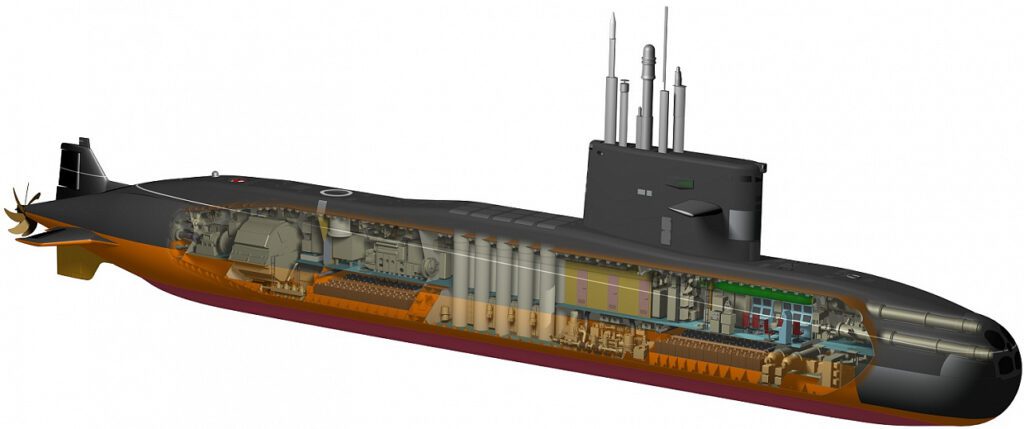
Russia is set to showcase its latest submarine, the Amur 950, at the Army-2024 military-technical forum. Dubbed a ‘floating battery’, this non-nuclear submarine is equipped with vertical missile launchers capable of firing a range of weapons, including the formidable BrahMos cruise missile.
Developed jointly by India and Russia, the BrahMos has already made waves in the global defense market. Its submarine-launched variant, integrated into the Amur 950, significantly enhances the submarine’s offensive capabilities. This development is likely to attract the attention of many countries seeking to bolster their naval power.
Continue readingSOURCE: RAUNAK KUNDE / NEWS BEAT / IDRW.ORG
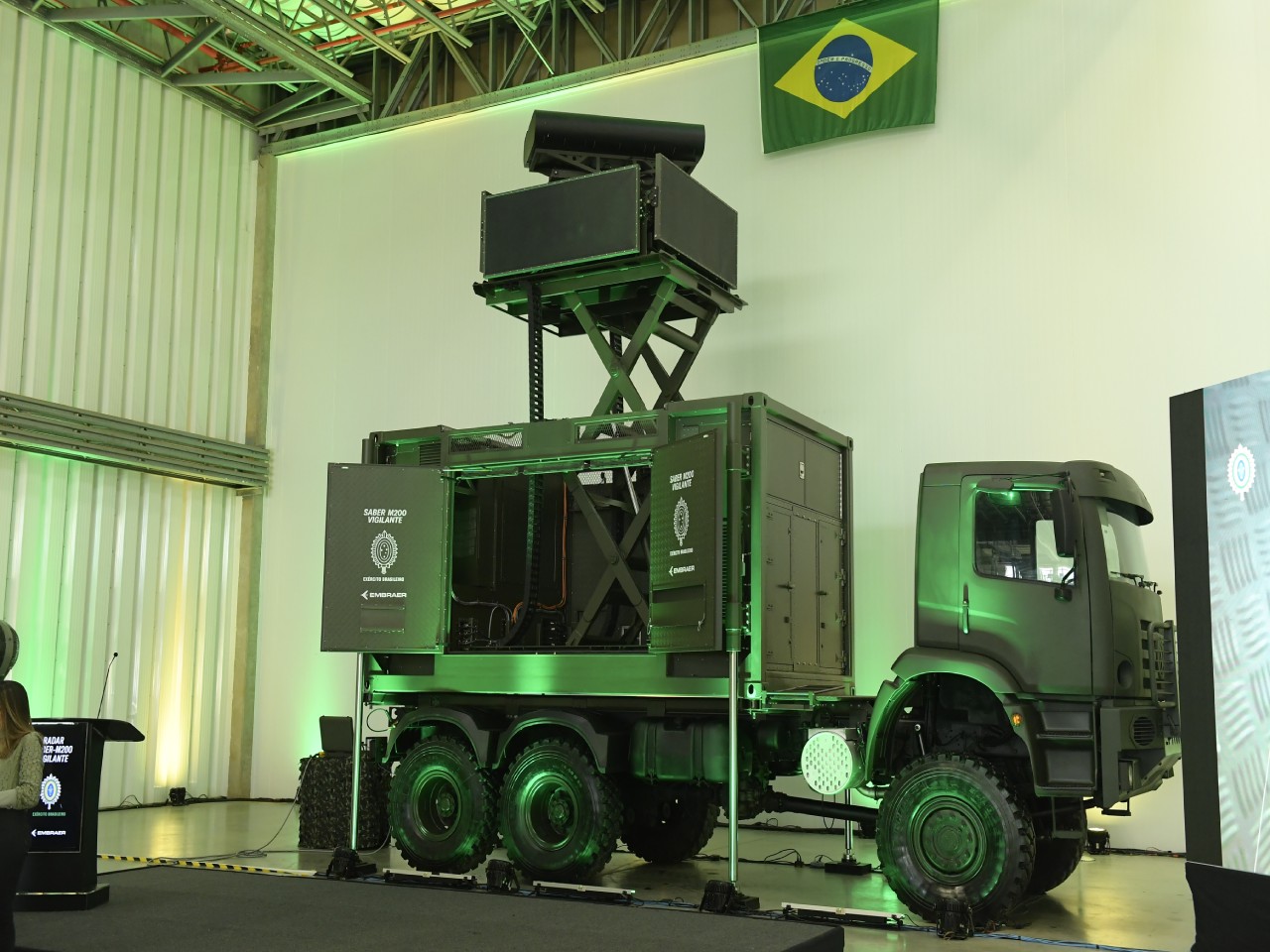
New Delhi has reportedly turned down a Brazilian request to incorporate domestically produced sensors into the final configuration of the Akash NG surface-to-air missile (SAM) system. Brazil had proposed replacing the Indian radar with its M200 Multimissão radar, a product developed from the M60 radar. The South American nation argued that the M200 would be better suited for low-altitude coverage and would offer enhanced multi-target capabilities.
However, India has insisted on maintaining the Akash NG’s original configuration, which includes an advanced Active Electronically Scanned Array (AESA) multi-function radar capable of search, track, and fire control functions. This radar system is seen as a key component of the missile system’s overall effectiveness.
Continue reading